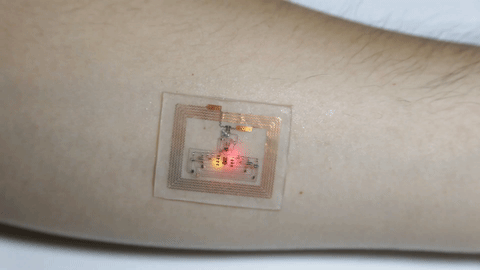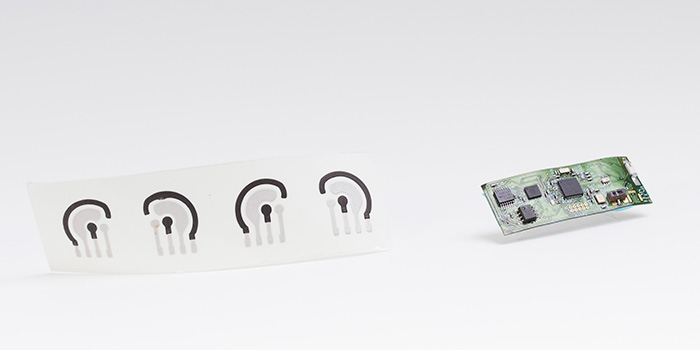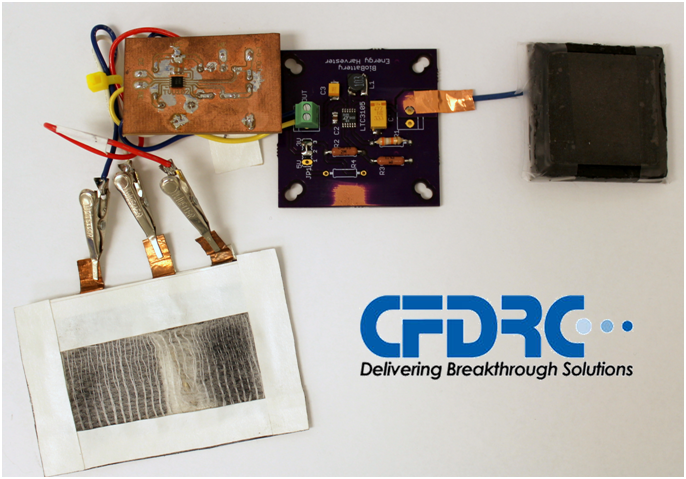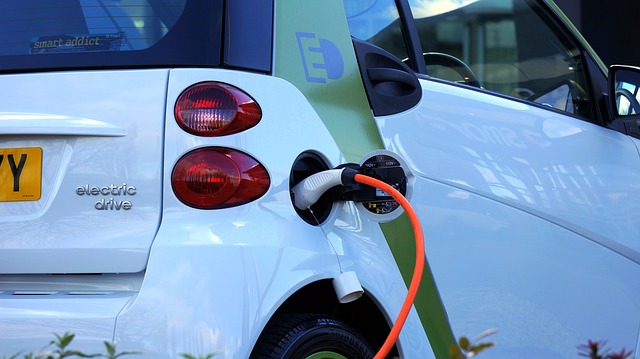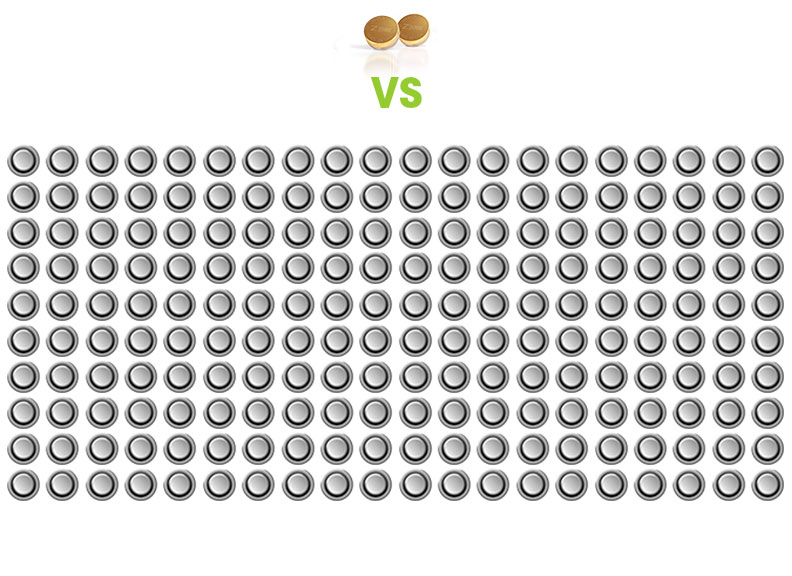When lithium-ion pioneers M. Stanley Whittingham, Adam Heller, Michael Thackeray, and of course, John Goodenough were in the initial stages of the technology’s development in the 1970s through the late 1980s, there was no clear idea of just how monumental the lithium-based battery would come to be. Even up to a few years ago, the idea of an electric vehicle or renewable grid dependent on lithium-ion technology seemed like a pipe dream. But now, electric vehicles are making their way to the mainstream and with them comes the commercially-driven race to acquire lithium.
Just look at the rise of Tesla and success of the Nissan LEAF. Not only are these cars speaking to a real concern for environmental protection, they’re also becoming the more affordable option in transportation. For example, the LEAF goes for less than $25,000 and gets more than 80 miles per charge. Plus, electric vehicles can currently run on electricity that’s costing around $0.11 per kWh, which is roughly equivalent to $0.99 per gallon. The last year alone saw a 60 percent spike in the sale of electric vehicles.
“Electric cars are just plain better,” says James Fenton, director of the Florida Solar Energy Center and newly appointed ECS Secretary. “They’re cheaper to buy up front and they’re cheaper to operate, which years ago, was not the case.”
All things considered, lithium may just be the number one commodity of our time.
But this movement is not specific to the U.S. alone. In Germany – a country dedicated to a renewable future – there is a mandate that all new cars in the country will have to be emission-free by 2030. Similarly in Norway, the government is looking to ban gasoline-powered cars by 2025.
So with the transportation sector heading away from gasoline-powered cars and toward lithium battery-based vehicles globally, what will that do to lithium supplies?
(more…)


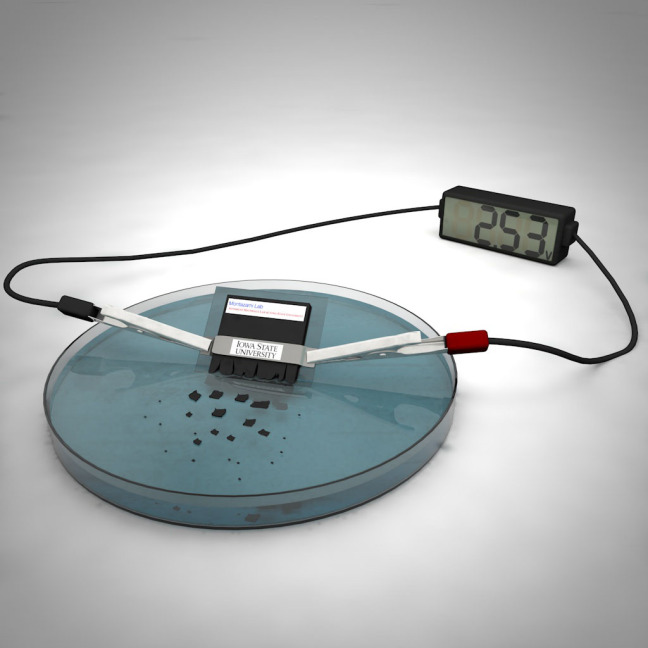
 Researchers have taken a step toward the development of renewable plastics – a promising transformation from current plastics made from oil. The biodegradable material is possible due to the creation of a new catalyst.
Researchers have taken a step toward the development of renewable plastics – a promising transformation from current plastics made from oil. The biodegradable material is possible due to the creation of a new catalyst.